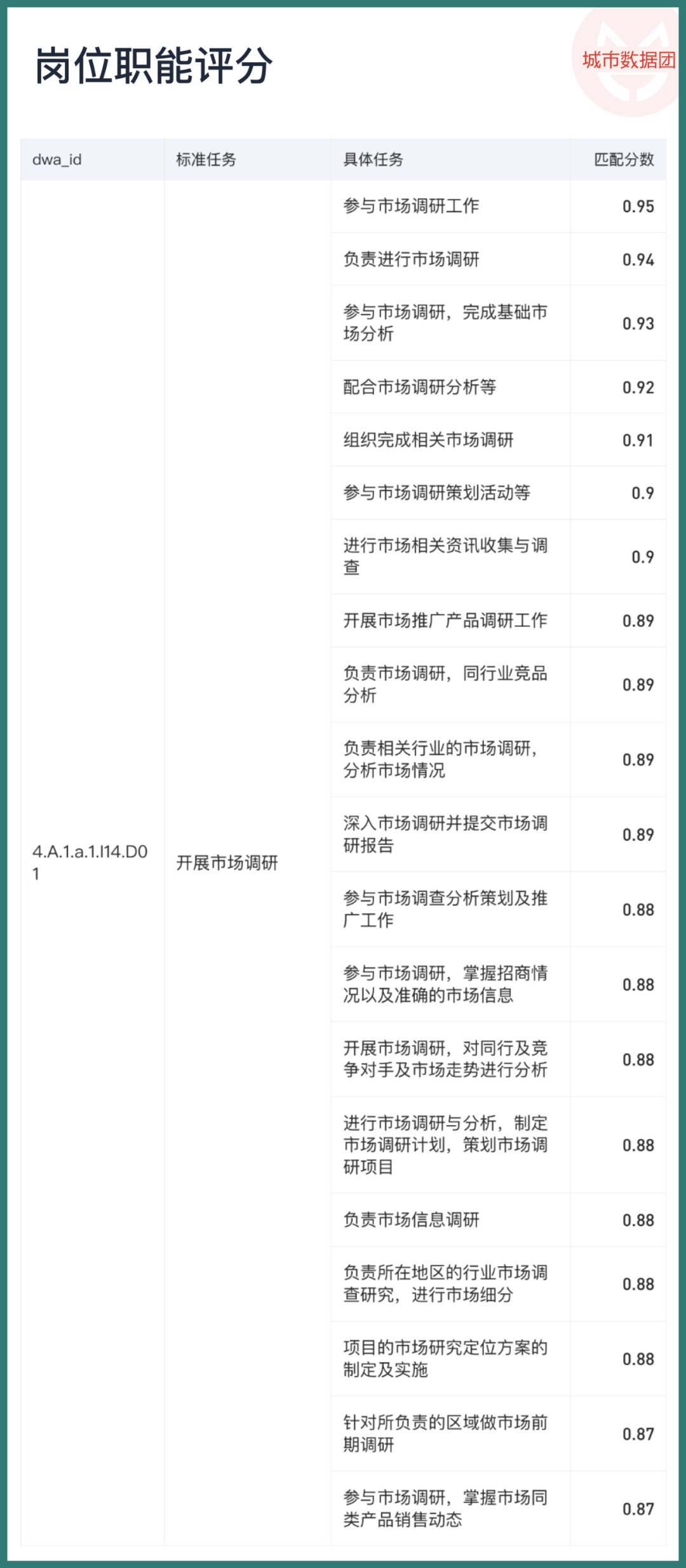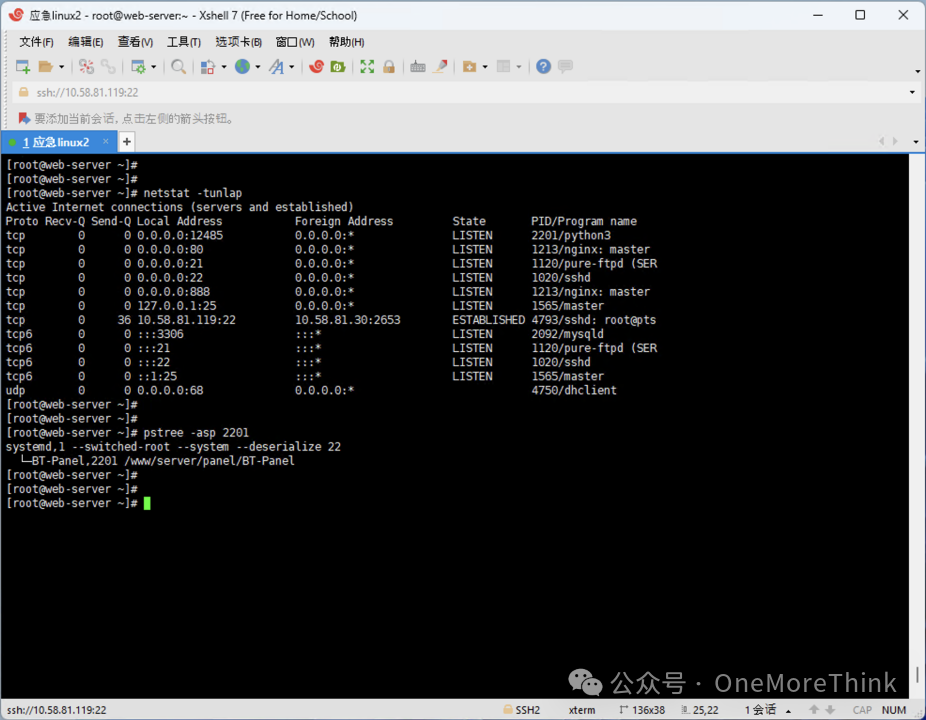在Spring框架中,通常@Configuration类中的@Bean方法用于声明Spring容器中的Bean,并且这些Bean的创建和配置是在应用启动时完成的,而不是在每次HTTP请求时。然而,如果你想要根据前端传入的参数来动态地选择或配置Bean,你通常需要采用一些不同的策略,因为@Bean方法本身并不直接接收HTTP请求参数。
但是,你可以通过几种方式来实现类似的效果:
1. 使用@Scope("request")(不推荐用于Bean)
通常,@Scope("request")用于Web环境中的请求作用域Bean,但通常不推荐用于服务层或更底层的Bean,因为它会增加每个请求的复杂性并可能影响性能。此外,直接在@Bean方法上使用@Scope("request")也不是标准做法。
2. 使用工厂Bean或条件Bean
你可以创建一个工厂Bean,该Bean根据传入的参数返回不同的实例。但是,这通常意味着你需要在服务层或Controller层中处理这个逻辑,而不是在配置类中。
3. 使用ApplicationContext和BeanFactory
另一种方法是利用Spring的ApplicationContext或BeanFactory来在运行时查找和创建Bean。然而,这通常不是最佳实践,因为它绕过了Spring的依赖注入机制。
4. 使用@Qualifier和Profile
虽然这不是直接基于前端参数选择Bean的方法,但你可以使用@Qualifier来指定要注入的Bean的ID,或者使用Spring Profiles来根据环境配置不同的Bean。
示例:使用Map和@Autowired
一个更实用的方法是使用Map来存储Bean,其中键是某种标识符(可能是前端传入的),值是Bean实例。然后,你可以根据传入的标识符从Map中检索Bean。
@Configuration
public class MyConfig {
@Bean
public Map<String, MyService> myServices() {
Map<String, MyService> services = new HashMap<>();
services.put("service1", new MyServiceImpl1());
services.put("service2", new MyServiceImpl2());
// 可以根据需要添加更多服务
return services;
}
}
@Service
public class MyServiceSelector {
@Autowired
private Map<String, MyService> myServices;
public MyService getService(String serviceId) {
return myServices.get(serviceId);
}
}
@RestController
public class MyController {
@Autowired
private MyServiceSelector myServiceSelector;
@GetMapping("/service/{serviceId}")
public String getServiceOutput(@PathVariable String serviceId) {
MyService service = myServiceSelector.getService(serviceId);
if (service != null) {
// 调用service的方法并返回结果
return service.doSomething();
} else {
return "Service not found";
}
}
}
interface MyService {
String doSomething();
}
class MyServiceImpl1 implements MyService {
@Override
public String doSomething() {
return "Output from Service 1";
}
}
class MyServiceImpl2 implements MyService {
@Override
public String doSomething() {
return "Output from Service 2";
}
}
在这个例子中,MyConfig类使用@Bean方法创建了一个包含多个MyService实现的Map。MyServiceSelector服务类使用这个Map来根据传入的serviceId查找并返回相应的MyService实例。最后,MyController接收HTTP请求中的serviceId,并使用MyServiceSelector来获取并调用相应的服务。






































